
In 1982, the first of only 22 remaining California condors arrived at the San Diego Zoo Safari Park, launching what was to become a critical conservation program for the iconic Southwest species over the next 4 decades. This also marked the launch of San Diego Zoo Wildlife Alliance’s enduring commitment to innovative, science-based conservation. Our conservation portfolio has since grown to include hundreds of species from ecosystems around the world, but our roots in San Diego run deep, and our dedication to protect local wildlife and landscapes— for and with our Southern California community—is stronger than ever.
America’s Finest Biodiversity
With our idyllic climate and picturesque scenery, San Diego draws residents and visitors from all over the world. Our natural spaces are among our unique assets: San Diego County is one of the most biodiverse counties in the contiguous United States, hosting a range of wildlife found nowhere else on Earth. San Diego and surrounding Southern California counties are concentrated with a diversity of ecoregions (regional ecosystems) including coasts, deserts, grasslands, forests, mountains, and freshwater systems. It is this variety of ecoregions that makes the Southwest an ideal home for both wildlife and people.
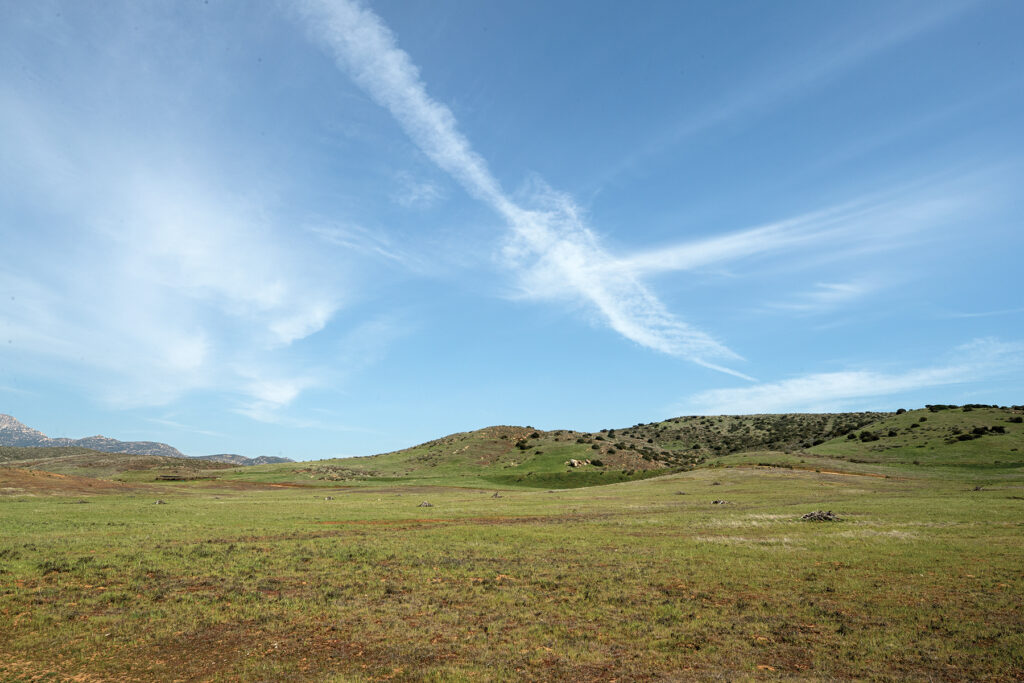
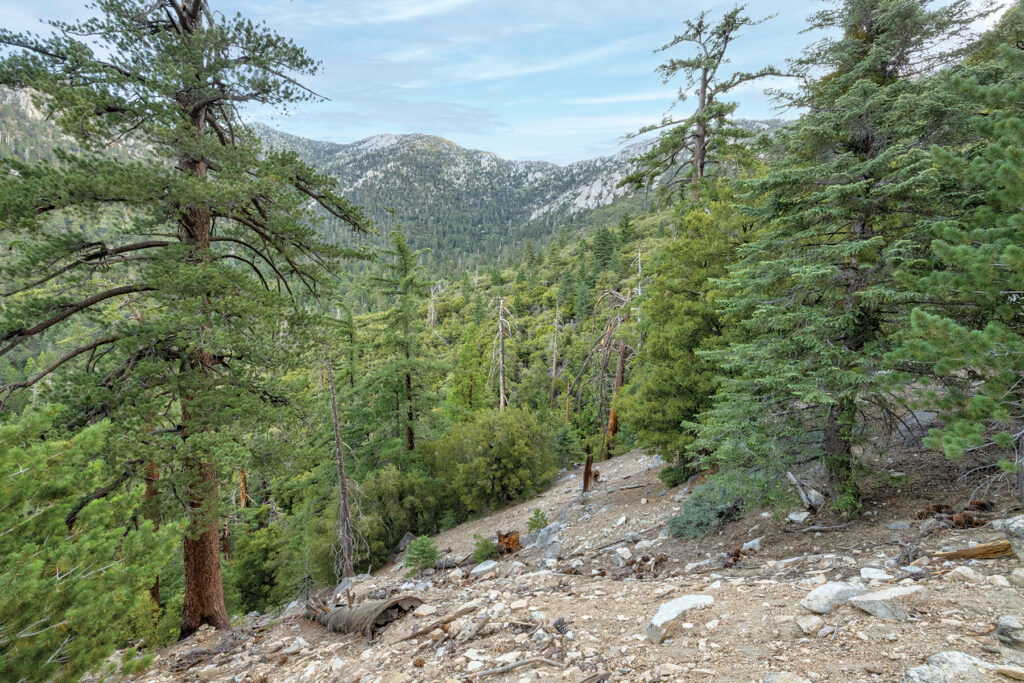
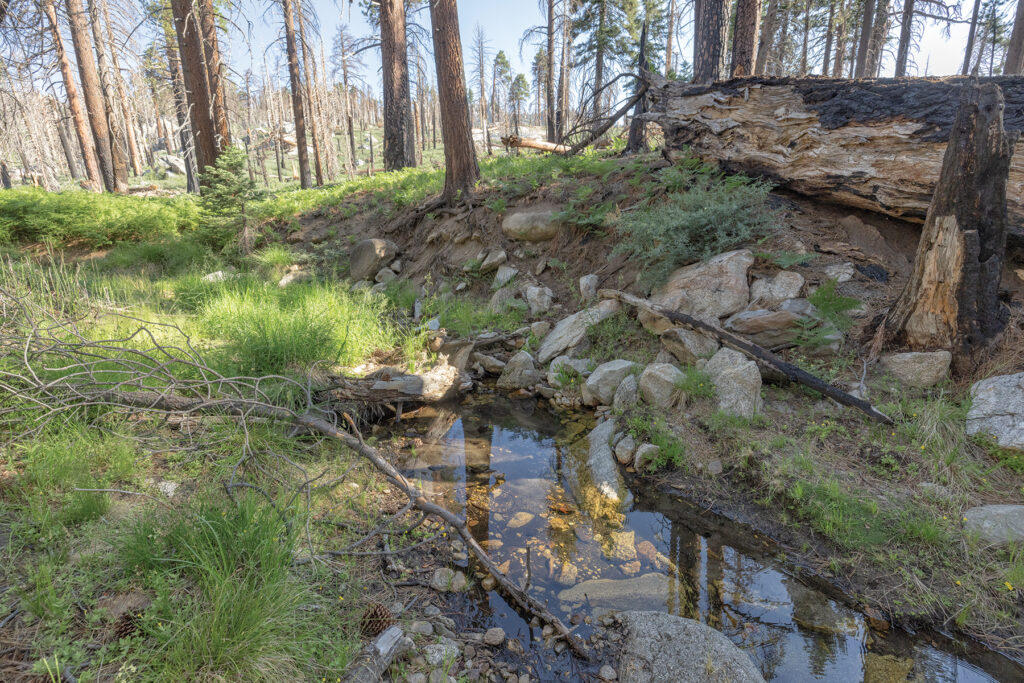
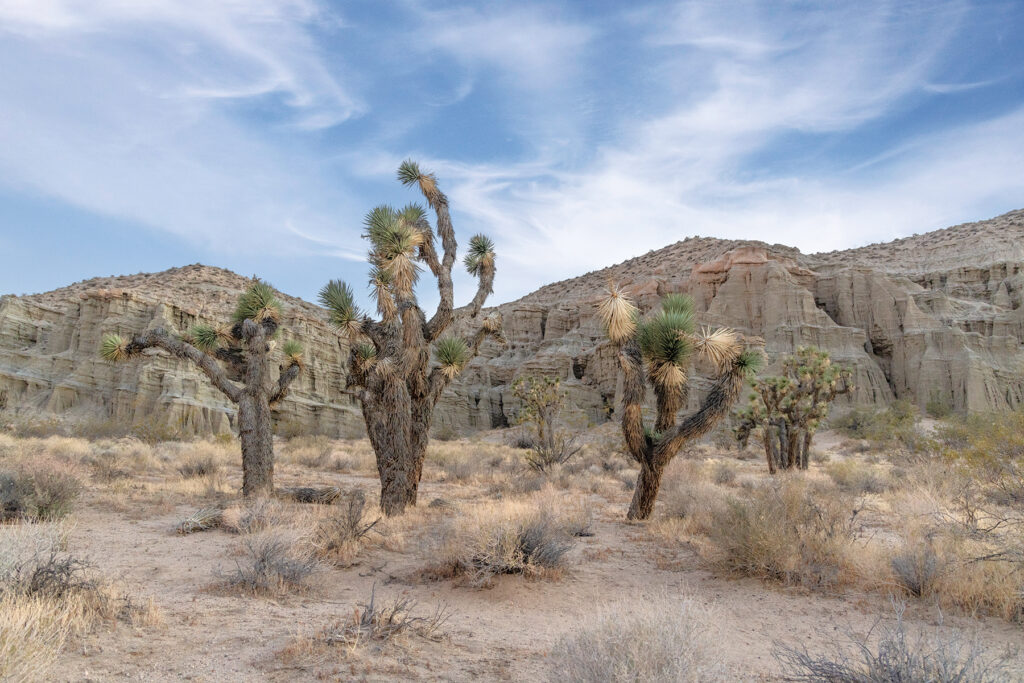
Nature for Locals: A diversity of wildlife and ecoregions—such as (image at top) coasts, (above, clockwise from left) grasslands, forests, deserts, and mountain streams—make Southern California unique, beautiful, and livable.
But with continuous human population growth and the mounting effects of climate change, we have increasingly tipped the scales away from sharing—and into threatening— our local wild spaces. And sharing our natural spaces goes beyond equitably divvying-up landscapes. Because these spaces influence the fundamental stability of our home, we must safeguard our ecoregions as a balanced whole. The health of wildlife, environments, and people are profoundly interconnected, and when we coexist and protect nature, we are protecting our own well-being.
Ecosystem Services
There are countless reasons—tangible and philosophical, personal and communal—to protect nature. But among the most important reasons is that nature provides ecosystem services: direct or indirect benefits to people that are generated by wildlife and/or the interactions of wildlife with the physical environment. Fresh air, clean water, food sources, and climate regulation are examples of ecosystem services.
Southern California is no exception to relying on ecosystem services. Scroll to the "Ecosystem Services: The Benefits of Wildlife" section below for some of the services that we can attribute to our local wildlife. Although these examples are only a few of the many species and ecosystem services we enjoy, they underscore the fact that our ecoregions and endemic wildlife sustain our ability to live and thrive here.
Connections Make a Home
Even though different ecosystems in the Southwest have distinct and unique characteristics, they are functionally and physically connected, and their interactions produce the overall character of our home landscape. The anatomy of our landscape is like a patchwork quilt, with fabric patches joined to form panels, and panels then joined to create the quilt that warms us. In the same way, wildlife, environments, and people join to form ecoregions, and ecoregions join to create the home that sustains us. The thread that binds our home is woven from factors that maintain our well-being, such as a stable climate, intact habitats, and native biodiversity.
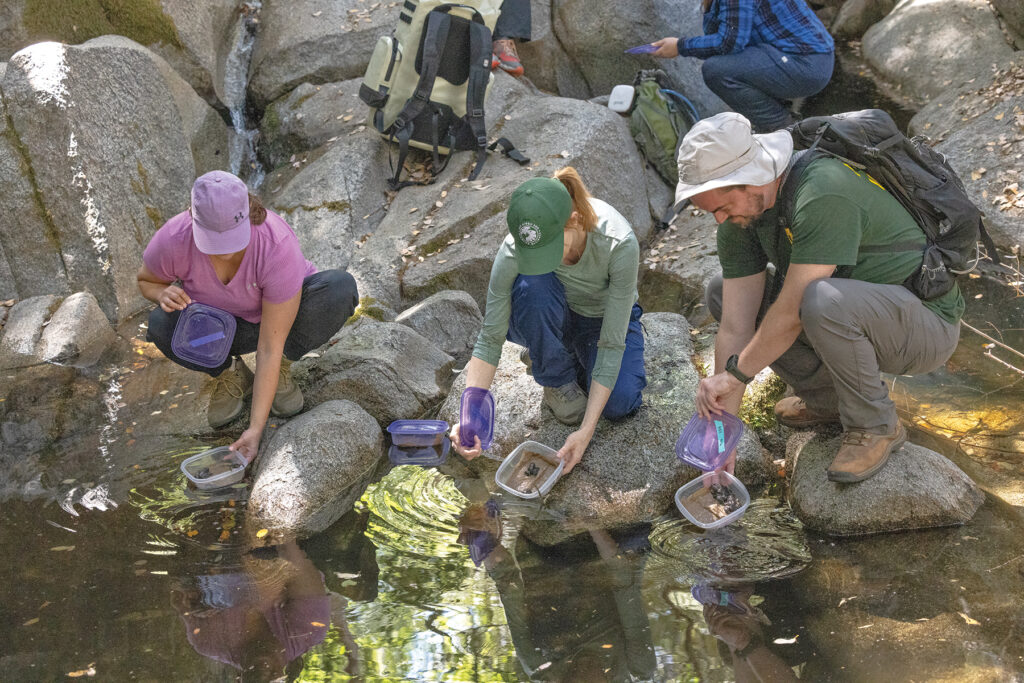
Cutting out pieces of fabric or thread may cause a quilt to unravel. Likewise, eliminating wildlife or natural spaces may cause our ecoregions to collapse, and damaging our connecting thread compromises the integrity and livability of our home.
Leaders of Local Conservation
Safeguarding our health requires holistic approaches that embrace our surroundings. To address this need, we are actively working with our partners to protect our local wildlife and natural spaces. In our Southwest Conservation Hub, we manage conservation projects that address more than 40 endemic species (including those in the "Ecosystem Services: The Benefits of Wildlife" section below) across our local ecoregions.
Collaborating with our community is of the utmost importance in achieving sustainable conservation outcomes. Expanding the burrowing owl population in Ramona with San Diego Habitat Conservancy, planting seedlings in Torrey Pines with the California Department of Parks and Recreation (State Parks), and releasing mountain yellow-legged frogs in the San Jacinto Mountains with the University of California, Los Angeles are just a few examples of the field work that we do side-by-side with dozens of nonprofit, academic, and government agency partners.
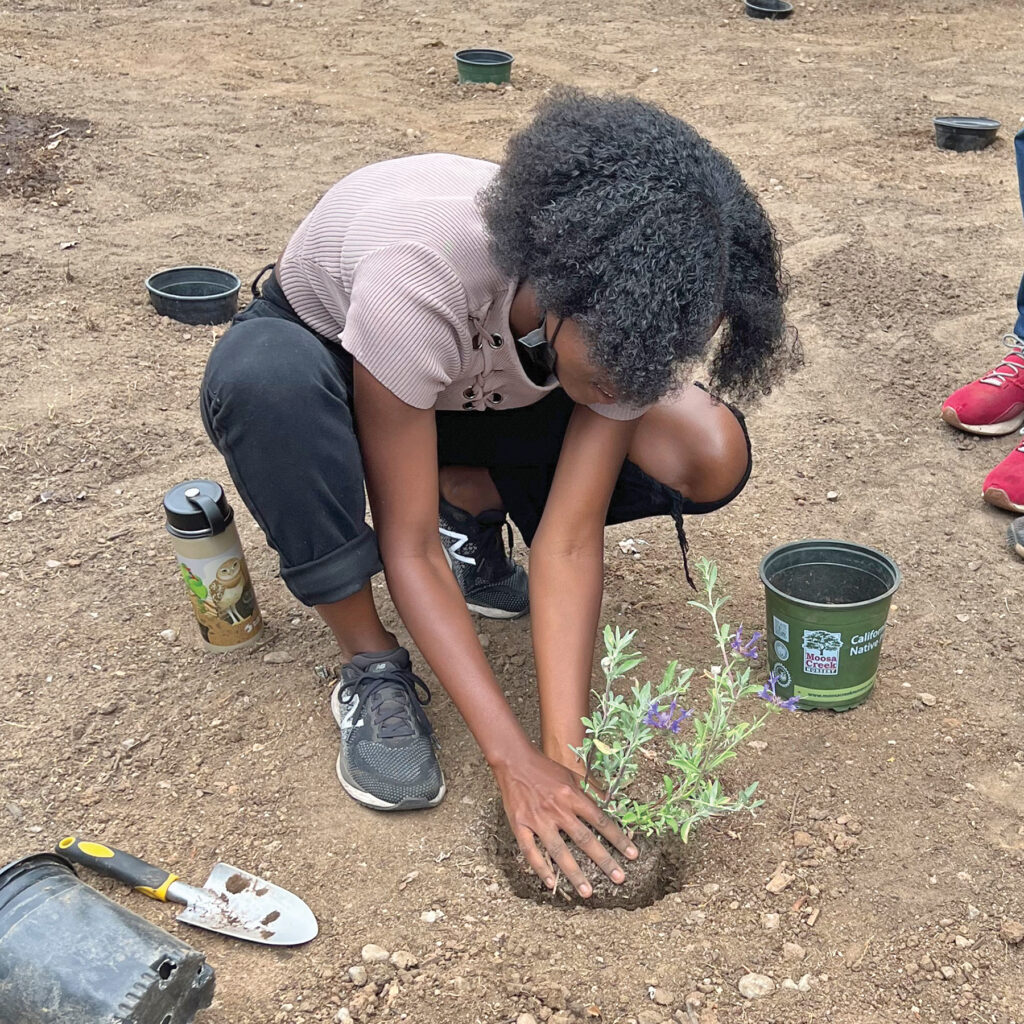
Hands-on Conservation: A local high schooler helps create a native plant garden on her school’s campus as part of our Native Biodiversity Corps.
The people in our community are also key allies. Through our Conservation Science field trips and teacher workshops, students, teachers, and community groups from Southern California (as well as nationally and internationally) learn about and partake in conservation efforts. Participants engage firsthand with our conservation scientists and take away lessons about how we can be stewards for a thriving world. One of our newest programs, the Native Biodiversity Corps, is a summer program for San Diego high schoolers to learn about local wildlife, and to design and plant native gardens on their school campuses. We also welcome community volunteers, diverse in skills and expertise, to implement their passion for conservation alongside our teams in the field and on grounds at the San Diego Zoo and the San Diego Zoo Safari Park.
San Diego Zoo Wildlife Alliance is a proud leader in preserving the health and natural heritage of our San Diego home and Southern California neighborhoods. It is through collaboration that we engage and inspire conservation allies. It is a network of allies—a network that includes all of us, working together as a community—that will allow us to increase our impact and reach the holistic conservation solutions that will benefit wildlife, ecosystems, and people: in our own home and for the world, today and for the future.
ECOSYSTEM SERVICES:
THE BENEFITS OF WILDLIFE
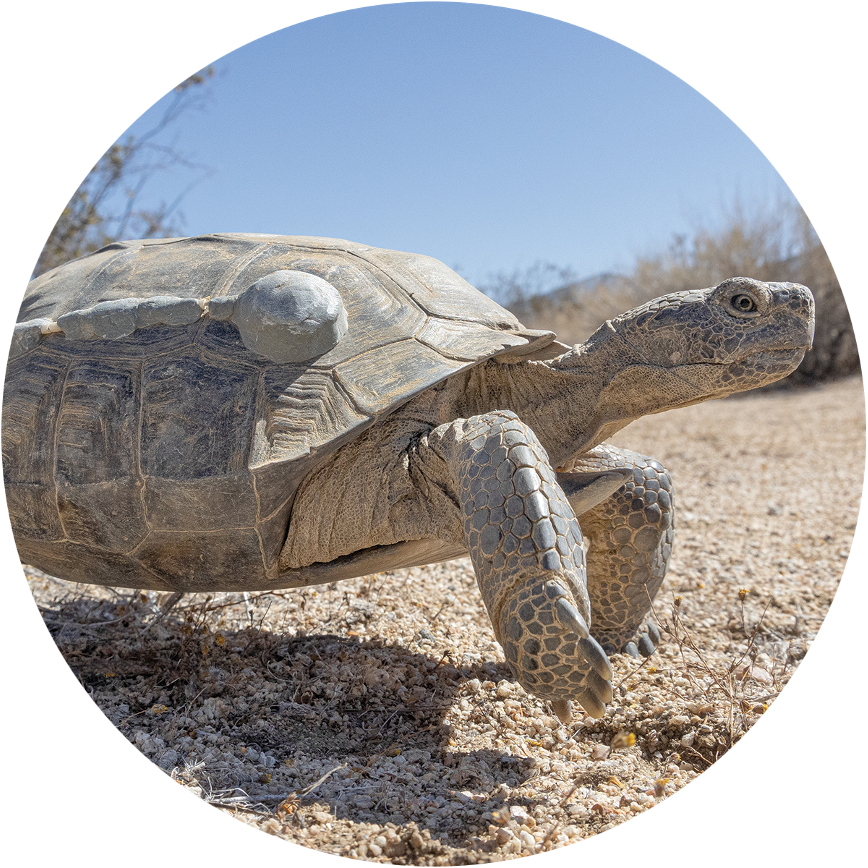
Wildlife: Desert tortoise
Scientific Name: Gopherus agassizii
Ecoregion: Desert
Ecosystem Service: Favoring native plants in their diet, tortoises digest and disperse the seeds as they move around, thus sustaining desert plant diversity. Native plants best support other native wildlife, and because they are drought tolerant, these plants do not put a strain on our limited water supply.
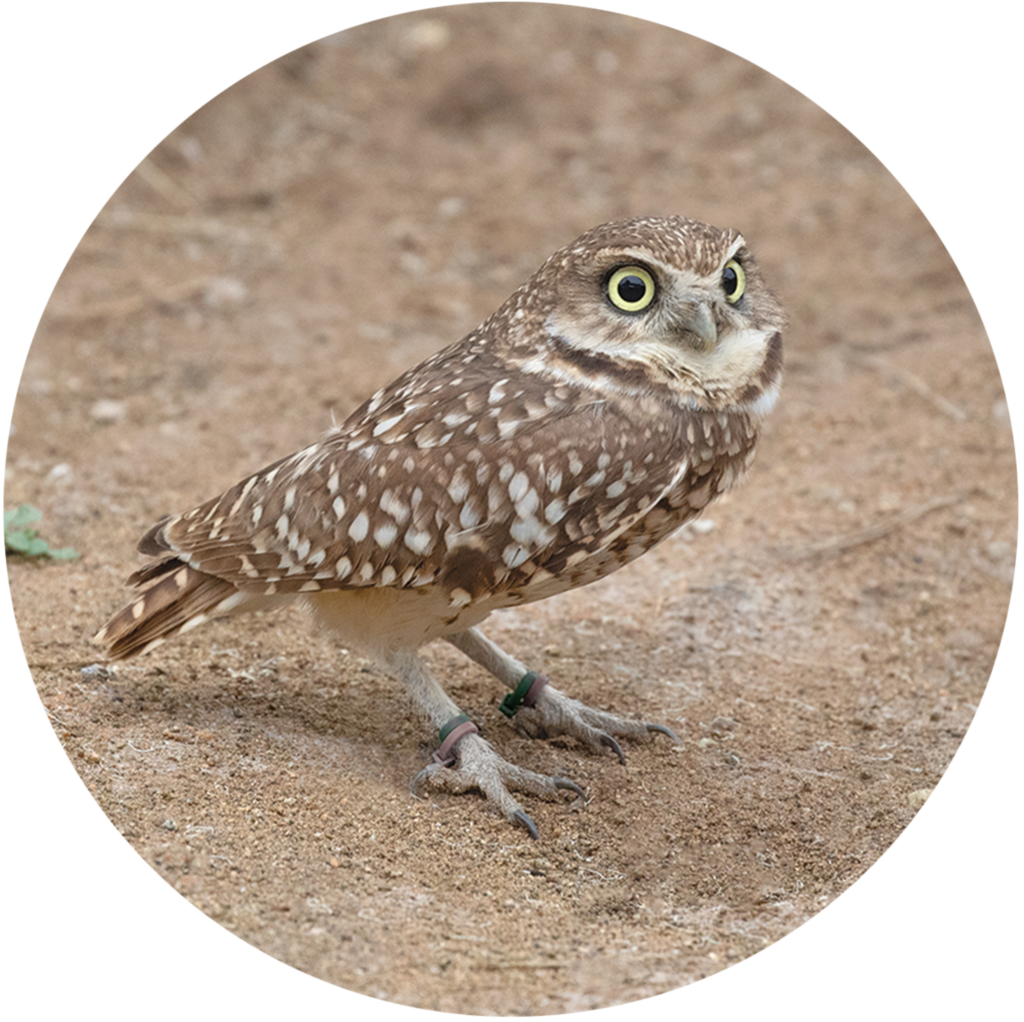
Wildlife: Burrowing owl
Scientific Name: Athene cunicularia
Ecoregion: Grassland
Ecosystem Service: Owls keep populations of pests (such as rodents) in check, thus preventing them from overgrazing—and therefore damaging—crops and wild grasses. Controlling the number of small animals also maintains the balance of the food web.
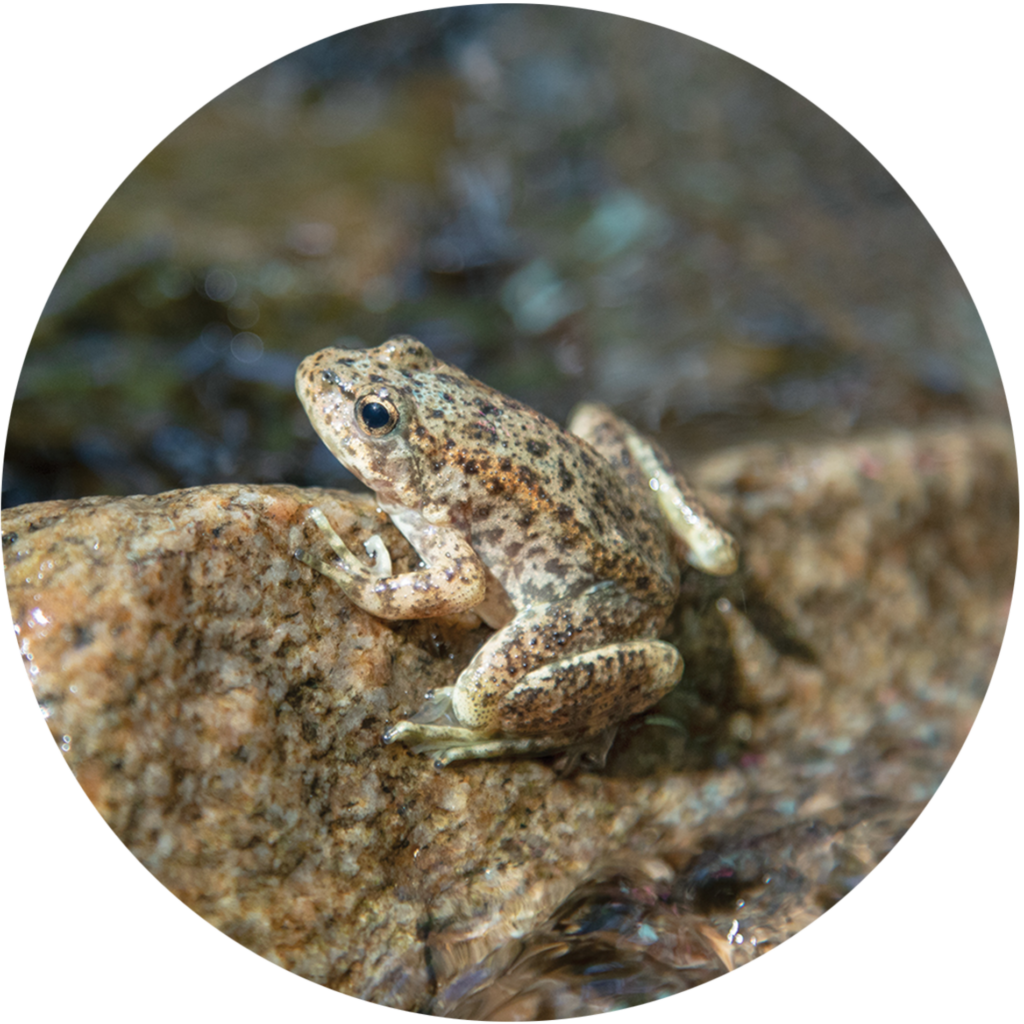
Wildlife: Mountain yellow-legged frog
Scientific Name: Rana muscosa
Ecoregion: Streams, ponds, and vernal pools
Ecosystem Service: Frog tadpoles eat algae, and in doing so, they keep the water clean and prevent clogged waterways. Adult frogs eat invertebrates, thereby controlling the number and spread of disease vectors like mosquitoes.
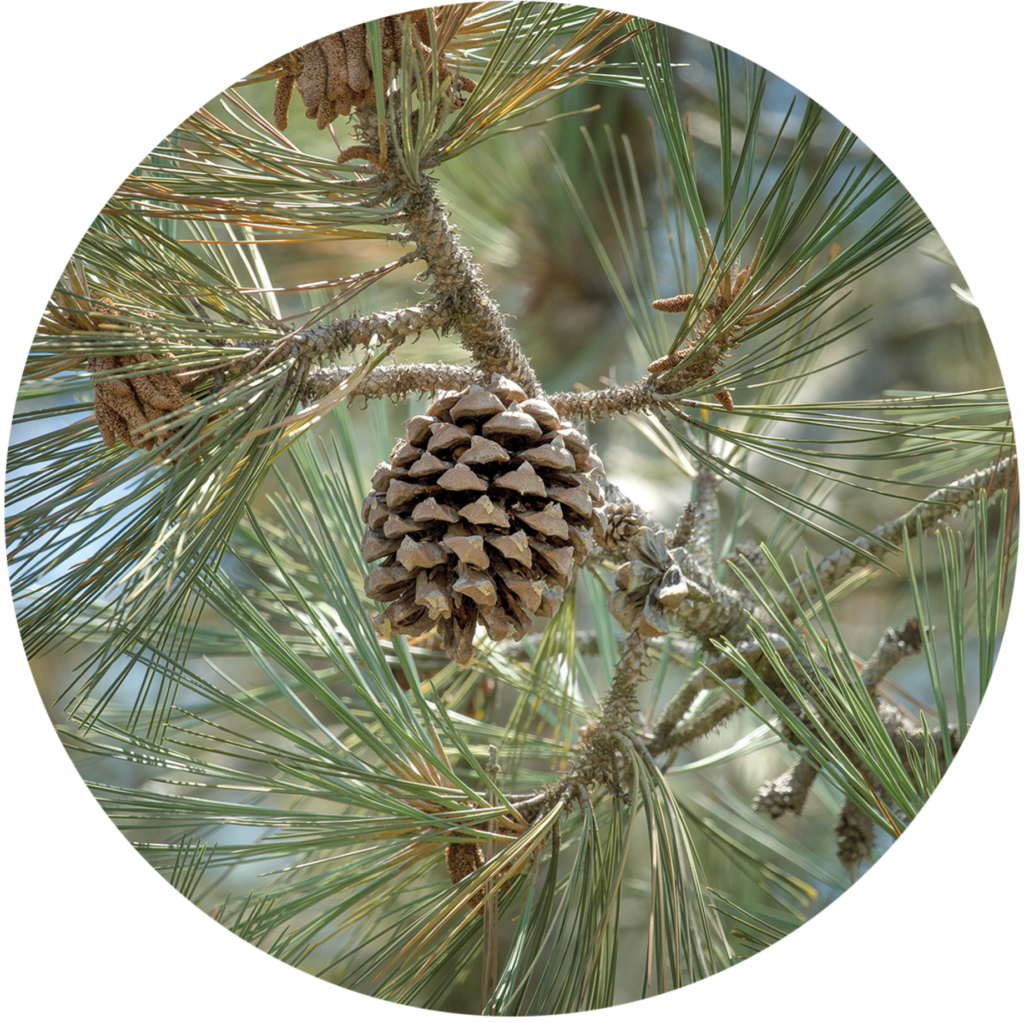
Wildlife: Torrey pine
Scientific Name: Pinus torreyana
Ecoregion: Coastal Sage Scrub
Ecosystem Service: Torrey pine needles retain fog, creating cloud-like moisture that condenses and “rains” onto the soil below, which supplies the habitat with water. Further, the pines’ roots help stabilize the soil they grow in—a particularly important function on coastal bluffs.
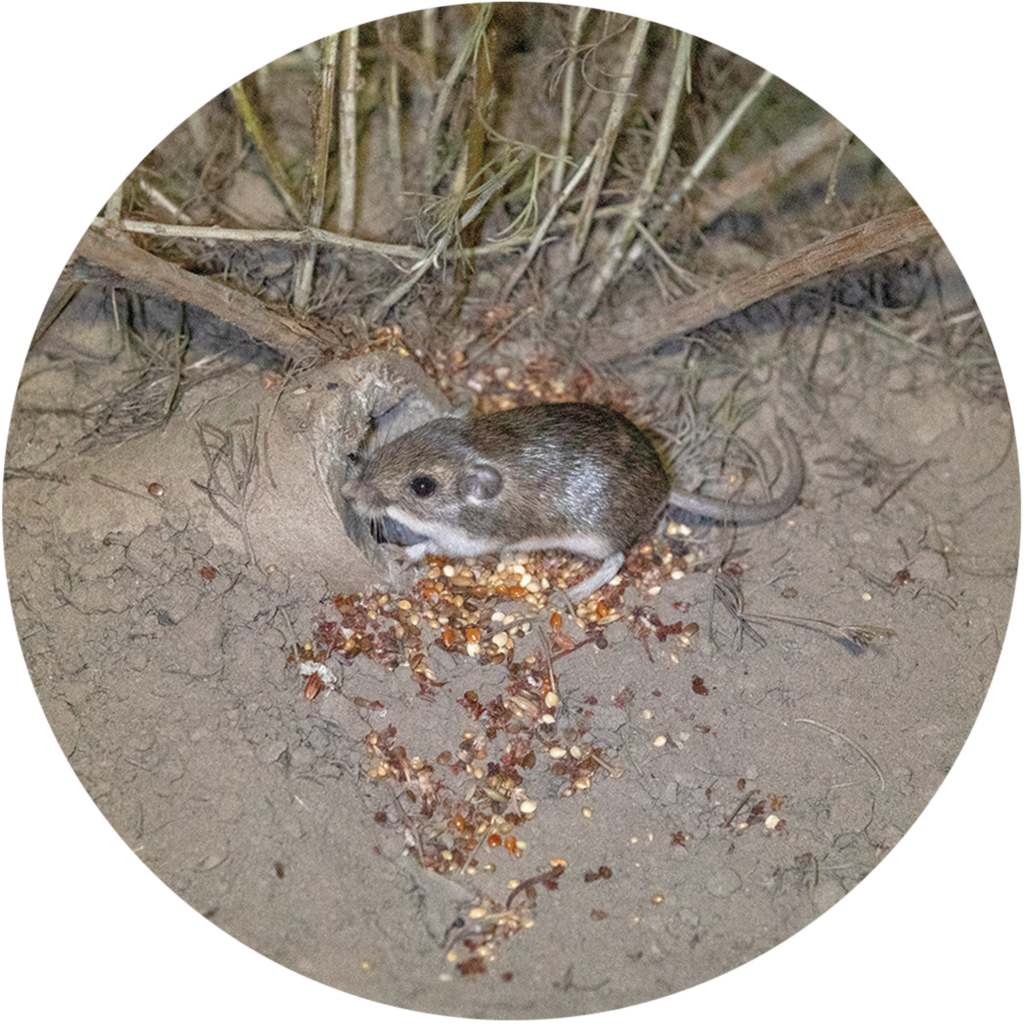
Wildlife: Pacific pocket mouse
Scientific Name: Perognathus longimembris pacificus
Ecoregion: Coastal Sage Scrub
Ecosystem Service: As they dig their burrows, these mice till the soil, encouraging effective movement and storage of water and nutrients. Healthy soils support plant growth and help temper the effects of climate change-induced drought and wildfires.
Discover how you’re making a difference for local wildlife and ecosystems through our Southwest Conservation Hub.
(Top image photo credit: Stephanie Steele, SDZWA)




